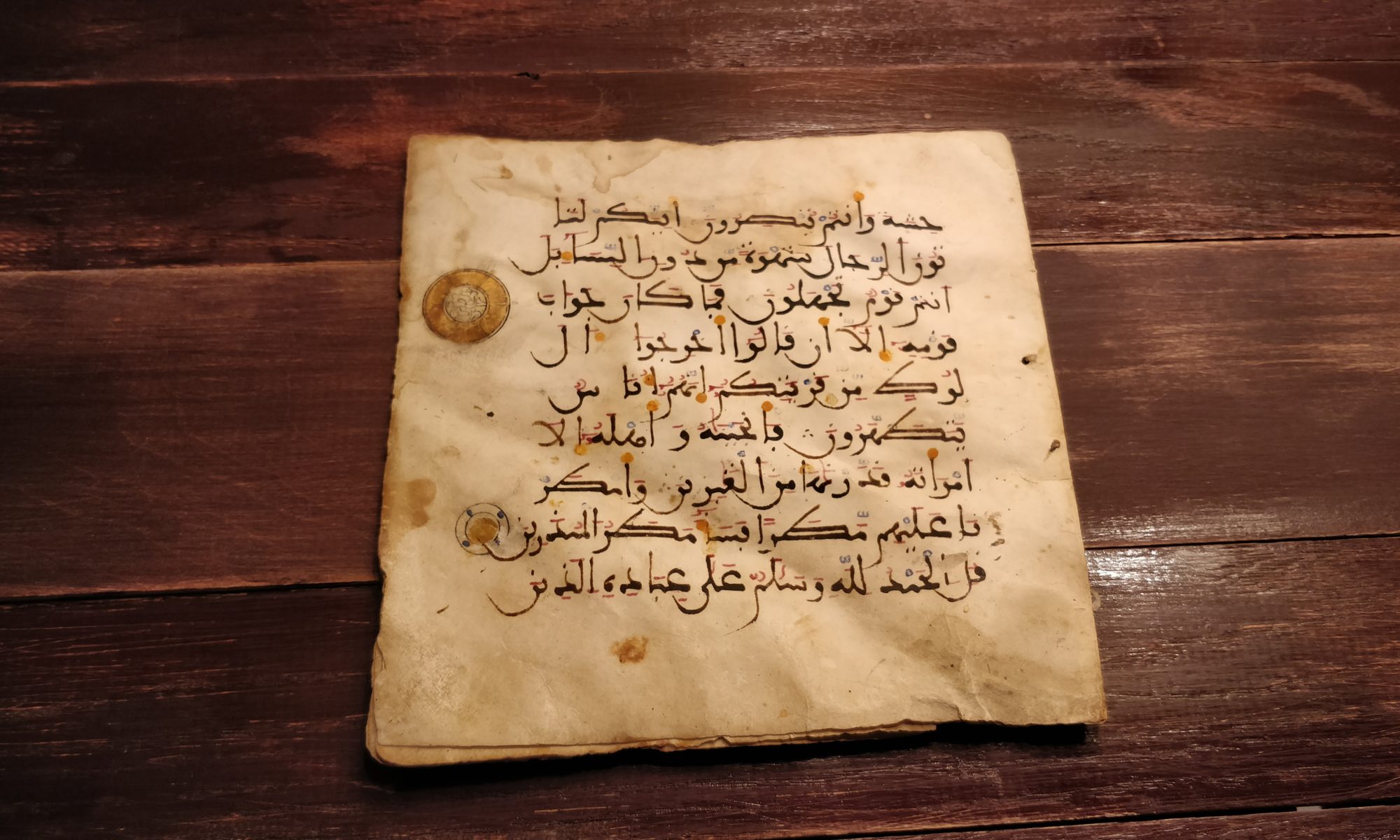Title: At-Tareeqah Al-Muhammadiyyah | الطريقة المحمدية
Author: Muhammad bin Pir Ali Al-Birgivi (d. 981H) |محمد بن پير علي [برگوي] (برگلي, [البركوي)]
Biography: Al-Birgivi was Taqi-ud-Din, or Muhiyyuddin, Muhammad bin Pir Ali bin Iskandar Al-Birgivi Ar-Rumi Al-Hanafi (d.981H/1573 CE). He was born in 929H (1523 CE) in Balikeser in Turkey. He died in constantinople in 981H from the plague and was buried in Birgi (Mu’jam al Mufassireen (2/506)). His works span various topics from Arabic grammar and morphology to Faraa’idh and Tajweed. His name Al-Birgivi derives from his establishment of a school and profession as a teacher in Birgi (Al-I’laam of Az-Zirkili (6/61)). He studied Islam from his father and others such as Akhizada (d. 989H). Al-Birgivi was an Hanafi Ottoman Imam who ascribed to early Sufism- denouncing much of the practices and beliefs of the Ottoman Sufis as extreme and innovations. His call was to returning back to the Qur’an and Sunnah upon the understanding of the Salaf. He refuted much of the beliefs and practices of the Sufis in his book, At-Tareeqah Al Muhammadiyyah and Ziyaarat Al Quboor (Shaykh Sa’ad al Hussayyin published a Tahqeeq of this work). However, due to his upbringing among the Maturidi Hanafi Sufis of the Ottoman Empire, he was affected by their beliefs- thereby erring in his views on Sifaat and Eemaan, holding views of the Maaturidiyyah.
Date: ~ Late 17th Cen. (1087H/1676 CE to 1111H/1699CE)
Scribe: Unknown | مجهول
Script: Naskh
Size: 22.5 X 15.5 CM
Folios: [7] + 172 ff
Description: 17 Lines/ Page | European Laid Paper with watermarks: (1) Grapes are commonly found in many folios, it’s hard to identify which type of grape watermark it is because it is cut off by binding. (2) Crown watermarks are found in many folios, also hard to identify which crown watermark it is due to the placement close to the spine. (3) The first cover folio has a large elaborate watermark (4) There is a trefoil water mark (ex. Fol. 120) that has the letters b (or d) and T closely matching icpl.cci.XXX.078.a from the Corpus Chartarum Italicarum database that is dated 1683CE (5) There is a Paschal lamb in a cartouche formed from four arcs (ex. Fol 119), which this style was commonly found in the 16th and 17th century. |
Incipit: الحمد لله الذي جعلنا أمة وسطا خير الأمم ;
Explicit: وقد صغروها حتى لا يبلغ أربعة منها وزن درهم واحد شرعي، والطامعون من أخساء… (Only Missing last 3 folios).
Provenance: There are two ownership notes: One states: “Cilegli ____ ___ ___ Ughlu Muhamamd Effendi” (صاحب ومالك جيليقى صمه اقف ى اوغلو محمد افندي) and the other, more recent-looking one is “____ __ Hafidh ___ ___ fadhli?” (جايص ه حافظ هنل سزر فضلي؟)|
Research Notes: In an effort to date the manuscript, we can safely assume that it was not written before the mid-17th century as the Hawaashi extensively cites the Sharh of Rajab Effendi (Rajab bin Ahmad Al-Aamidi Al Qaysari d.1087 | رجب بن أحمد الآمدي القيصري), Qadhizada (Muhammad Effendi d.1044). Most likely it is later 17th century based on the watermarks | Tareeqah Muhammadiyyah was first published in Turkey and again published with Tahqeeq based on 4 manuscripts in 2011 by Dar al Qalam in Damascus with the Muhaqqiq: Muhammad Rahmatullah An-Nadwi.
Accession #: Ms.074e
